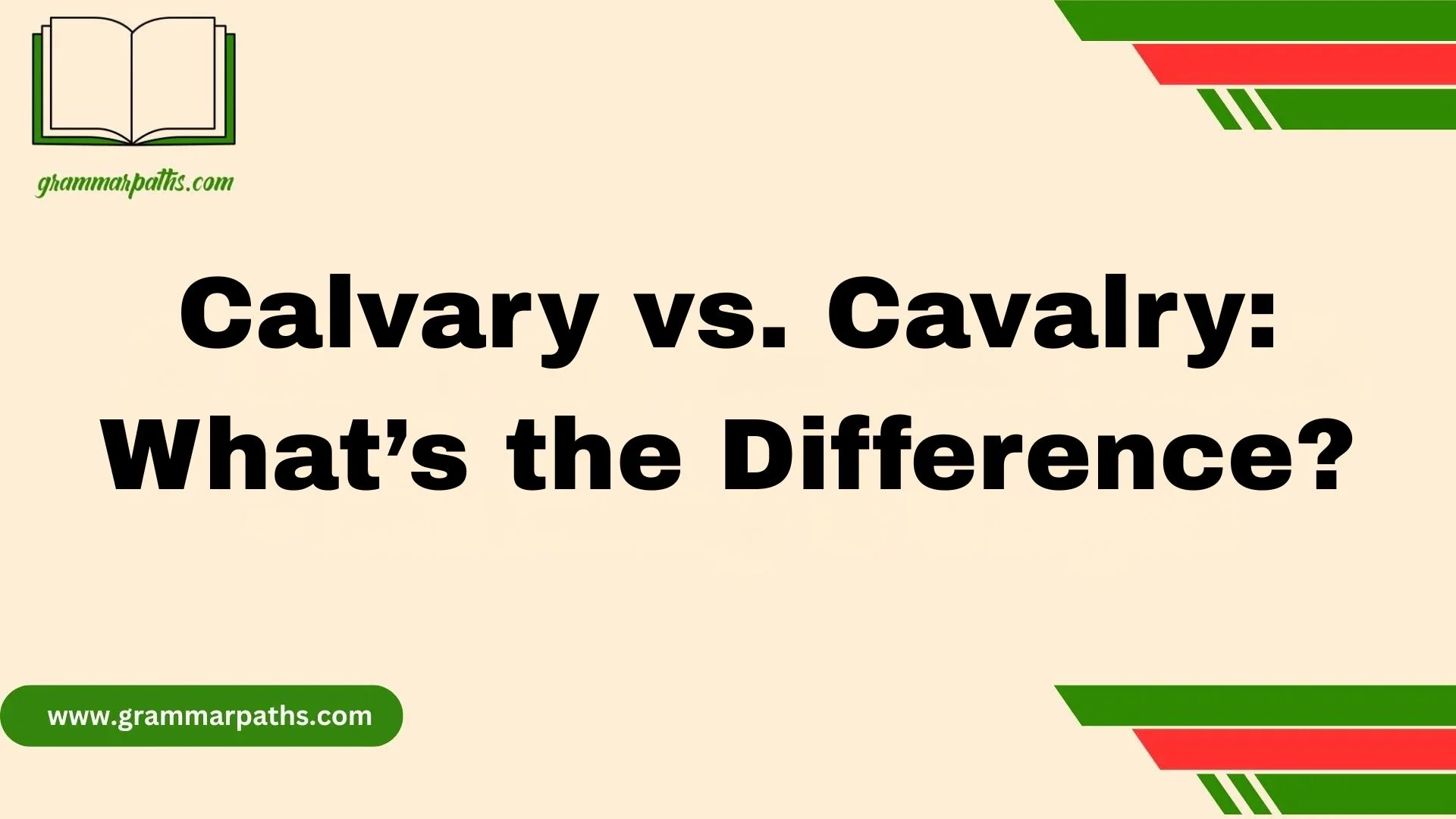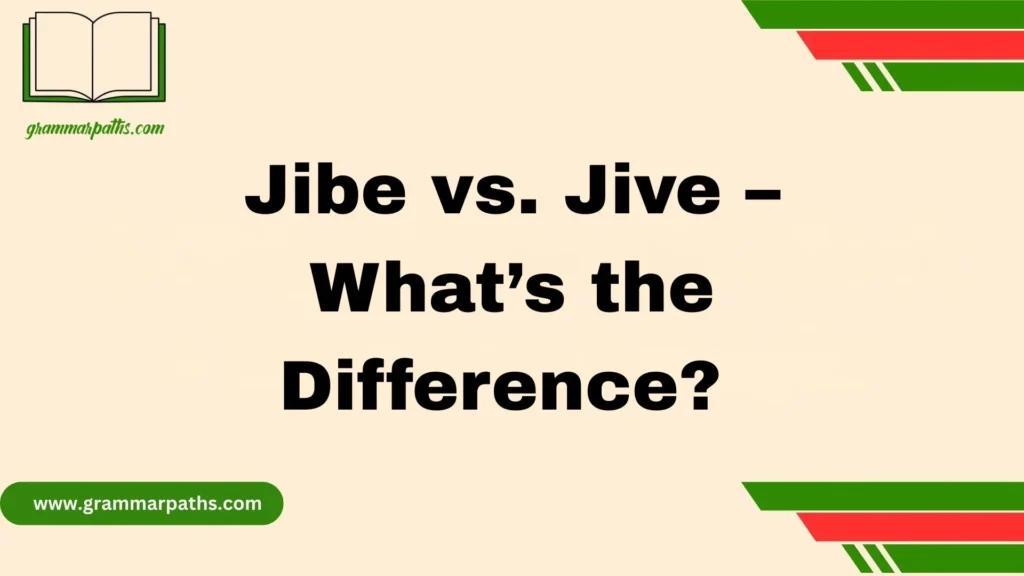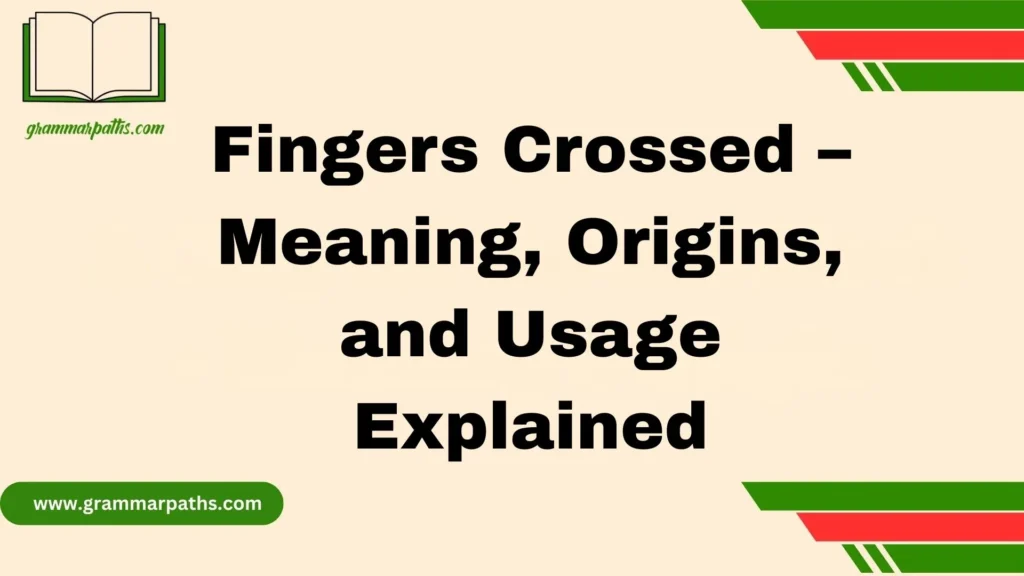I’ve seen the phrase “Calvary vs. Cavalry: What’s the Difference?” spark confused reactions more times than I can count. At first, they seem alike—same letters, nearly the same spelling, yet completely different meanings. Calvary is tied to the location where Jesus was crucified, deeply rooted in Christianity, tradition, and faith, often called Golgotha or “the place of the cross.” In contrast, Cavalry refers to soldiers on horses, trained to ride, charge, and command troops across battlefields. When people mispronounced or misused these terms, especially in services, sermons, or even prayer, it could lead to unintended offense, particularly in American or British accents where the confusing similarity is more prominent.
In my years attending both church sermons and veteran memorials, I’ve noticed how the emotions tied to both Calvary and Cavalry carry immense power. In the chapel, when the preacher speaks of sacrifice, it echoes through headstones at war memorials where soldiers are honored. A simple mistake in saying the wrong word may seem small, but it can feel painful, especially to those who remember loved ones with deep reverence. These are holy ideas for people—symbolizing strength, courage, grief, and sacred memory. Whether you’re talking about the tomb where Jesus was laid or the charge of troops in war, both speak to human suffering, honor, and respect.
What fascinates me most is how this misunderstanding reflects a broader disconnect in our culture. Many people today lack knowledge of biblical or military heritage, so when these words are misunderstood, it can strip them of their sacredness. Symbols like the cross, the tomb, or a uniform represent stories of pain, grief, and resurrection. They carry a spiritual and emotional weight that deserves clarity and care. Saying the right name at the right time isn’t just about being correct—it’s about honoring God, faith, and the collective experience of those who lived, fought, or died for what they believed.
The Root of the Confusion
Calvary and cavalry look alike and sound alike, so it’s no surprise people get tripped up. Both start with “calv-” and have six letters, differing only by two letters near the end.
This similarity causes many mistakes. For example, some write “The cavalry is where Jesus died,” which is wrong and confusing.
In reality:
- Calvary relates to the hill where Jesus was crucified.
- Cavalry means soldiers on horseback or mechanized units.
This mix-up isn’t new. Even spellcheck programs sometimes fail to catch errors because both are legitimate English words. Psychological studies on language show that when words share sounds and spelling patterns, confusion spikes—especially for non-native speakers or people unfamiliar with military or religious terms.
Linguistic Origins and Etymology
Understanding where these words come from helps clarify why they’re so often mixed up.
| Word | Origin | Meaning Root | First Known Use in English |
| Cavalry | From Latin caballarius (horseman), through Old French cavalerie | Horse-mounted soldiers | 14th century |
| Calvary | From Latin calvaria (skull), translating Hebrew Golgotha (place of the skull) | Hill outside Jerusalem, site of Jesus’ crucifixion | Late Middle Ages (religious texts) |
Cavalry has its roots in the Latin word for horse, caballus, reflecting its military context. The term came into English through French during the medieval period, as mounted soldiers became central to warfare.
Calvary comes from a biblical place name, translating the Aramaic word Golgotha, meaning “skull.” This was the hill outside Jerusalem where Jesus was crucified. The name entered English via Latin and became common in religious writings.
Despite different roots, their pronunciation converged over time in English, especially American English, making them sound nearly identical today.
What Does Cavalry Mean?
Cavalry refers to soldiers trained to fight on horseback—or, in modern terms, any fast, mobile military units, including armored vehicles and helicopters.
Historical Role of Cavalry in the US
In the United States, cavalry played a critical role in:
- The Revolutionary War: Light cavalry units acted as scouts and raiders.
- The Civil War: Both Union and Confederate armies used cavalry for reconnaissance and charges.
- Indian Wars: Cavalry units helped expand the frontier.
- World War II: Horses gave way to tanks and mechanized units but retained the name.
Today, the US Army maintains cavalry traditions in armored divisions like the 1st Cavalry Division.
Modern American Cavalry Examples
- 1st Cavalry Division: One of the most decorated units in the US Army, known for its use of tanks and helicopters.
- Popular idioms: “The cavalry is coming!” means help is on the way, borrowed from battlefield scenarios where cavalry charge could turn the tide.
What Does Calvary Mean?
Calvary specifically means the hill outside Jerusalem where Jesus Christ was crucified. It holds enormous religious significance, especially in Christianity.
Calvary’s Religious Significance in the US
- Christian Churches: Many churches in America carry the name “Calvary,” emphasizing the crucifixion’s importance.
- Hymns and Prayers: Songs like “At Calvary” recount Jesus’ sacrifice.
- Educational Institutions and Cemeteries: The term appears in names of Christian schools and memorial parks across the US.
Calvary symbolizes sacrifice, redemption, and faith. It’s rarely used outside of religious or symbolic contexts, unlike cavalry.
Key Difference Between Cavalry and Calvary
Here’s the bottom line:
| Aspect | Cavalry | Calvary |
| Meaning | Mounted soldiers or mobile troops | Hill of Jesus’ crucifixion |
| Context | Military, warfare, idioms | Religion, Christianity, sacred sites |
| Pronunciation | /ˈkævəlri/ (CAV-al-ry) | /ˈkælvəri/ (CAL-va-ry) |
| Modern Usage | Military units, idioms, pop culture | Churches, hymns, religious names |
Mixing them up changes the meaning drastically and can confuse readers or listeners.
Historical Significance in the USA
America’s history intertwines with both words—though in very different ways.
Cavalry in American Military History
- Famous figures: General George Armstrong Custer led cavalry units in the Civil War and Indian Wars.
- Iconic battles: The Battle of Little Bighorn famously involved cavalry.
- Legacy: Today’s US cavalry units use tanks and helicopters but honor horse-mounted traditions.
Calvary’s Place in American Religious Life
- The spread of Christianity in America included naming churches and institutions after Calvary, reinforcing faith in Jesus’ sacrifice.
- Pilgrimages and Easter celebrations often reference Calvary symbolically.
- Calvary-themed artwork and literature abound in American Christian culture.
Pronunciation Guide (With Practical Tips)
Despite different meanings, many Americans pronounce these words almost identically. Here’s how to nail the difference:
- Cavalry: Stress on the first syllable, sounds like CAV-al-ry (/ˈkævəlri/).
- Calvary: Stress on the first syllable, sounds like CAL-va-ry (/ˈkælvəri/).
Pronunciation Tips:
- Emphasize the “al” in cavalry as “al” like in “pal.”
- Pronounce Calvary with a clearer “v” sound followed by “a” as in “cat.”
- Try saying CAV-al-ry versus CAL-va-ry out loud to hear the subtle difference.
- Use mnemonic: Cavalry has “army” embedded (cAVAlry) which helps associate it with soldiers.
Spelling Rules and Memory Tricks
Spelling mistakes can easily happen. Here’s how to keep them straight:
- Cavalry: Has “al” in the middle → Think “allies on horses” or “ally soldiers.”
- Calvary: Has “ar” in the middle → Think “calvary = calver skull hill.”
Memory Mnemonics:
- Cavalry = AL for Army
- Calvary = AR for cross (remember Jesus’ crucifixion site)
Usage in Sentences (With Real American Examples)
| Word | Correct Usage | Incorrect Usage |
| Cavalry | “The cavalry charged across the battlefield during the Civil War.” | “Jesus died on the cavalry.” |
| Calvary | “The sermon focused on the sacrifice at Calvary.” | “The cavalry is a holy place.” |
From American Media:
- A US military history book: “Cavalry tactics evolved rapidly during the 19th century.”
- A church bulletin: “Join us for a service at Calvary Baptist Church this Sunday.”
Idioms and Expressions Related to Cavalry and Calvary
Many American idioms come from cavalry:
- “Here comes the cavalry!”: Means help is arriving, originally from battlefield charges.
- “Send in the cavalry”: Call for backup or assistance.
No widely used idioms come from Calvary, but religious expressions refer to the hill metaphorically:
- “Carry your cross like at Calvary”: Facing hardship with faith.
- “Calvary’s sacrifice”: Refers to Jesus’ crucifixion and forgiveness.
Modern American Usage and Relevance
Cavalry still thrives in US military:
- The 1st Cavalry Division fights with helicopters and tanks.
- Sports teams, video games, and movies often feature cavalry units.
Calvary stays prominent in American religious life:
- Over 1,000 churches named Calvary exist in the US.
- Calvary-themed movies, books, and songs inspire millions.
Common Mistakes and How to Avoid Them
Social media is full of mix-ups:
- Tweets like “Praying at the cavalry” show how easy it is to confuse them.
- In business emails or official texts, this mistake undermines credibility.
Tips to Avoid Errors
- Always double-check meaning before writing.
- Use mnemonic devices.
- Read aloud to catch pronunciation slips.
Comparative Diagram and Quick Reference Table
| Feature | Cavalry | Calvary |
| Meaning | Mounted soldiers or mobile troops | Hill of Jesus’ crucifixion |
| Pronunciation | /ˈkævəlri/ (CAV-al-ry) | /ˈkælvəri/ (CAL-va-ry) |
| Origin | Latin caballarius | Latin calvaria (skull) |
| Common Context | Military, idioms, pop culture | Religion, churches, hymns |
| Modern Use | US Army units, movies, games | American churches, Christian culture |
Expert Opinions and Educational References
- Merriam-Webster notes: “Cavalry is a military term; Calvary is a religious one.”
- The Chicago Manual of Style advises careful differentiation when writing for clarity.
- Linguists agree that similar phonetics cause confusion but recommend emphasizing meaning and spelling in teaching.
Practical Tips to Master the Difference
- Associate “al” in cavalry with “army.”
- Link “ar” in calvary to “altar” or “arch,” places linked to churches.
- Practice saying sentences aloud: “The cavalry charged,” vs. “The hill of Calvary.”
- Use flashcards with words and meanings.
- Quiz yourself on context clues when reading.
Conclusion
Mixing up Calvary and Cavalry happens more often than most people think. These two words, while sounding similar, have distinct meanings rooted in different aspects of history, faith, and military roles. Calvary refers to the site where Jesus was crucified outside Jerusalem, holding deep religious and spiritual significance. On the other hand, Cavalry describes soldiers trained to fight on horseback, playing a crucial role in battles throughout history. Understanding this difference not only helps in avoiding confusion in writing and public speaking but also shows respect toward Christian tradition and military heritage.
FAQs about Calvary vs. Cavalry
1. Why do people often mix up Calvary and Cavalry?
Both words share similar sounds and spellings, making it easy to get tripped up during talking or writing. They’re considered near-homophones, but their meanings are completely different.
2. What does Calvary specifically refer to?
Calvary is a hill outside Jerusalem where Jesus was crucified. It is a central site in Christian faith, symbolizing sacrifice, suffering, and salvation.
3. How is Cavalry used in history?
Cavalry refers to mounted military forces that historically fought battles on horseback, known for their mobility, swift attacks, and tactical importance.
4. Can misusing these words cause offense?
Yes, using the wrong term can lead to blunders in religious or historical settings, sometimes even being seen as disrespectful to faith or military traditions.
5. What’s the easiest way to remember the difference?
Think of Calvary as a place of sacrifice and faith, while Cavalry relates to soldiers on horseback. The “l” placement in the word changes its meaning entirely.

Emma Brooke is a passionate language expert and contributor at GrammarPaths.com, where she helps learners navigate the complexities of English grammar, idioms, and effective writing. With a strong academic background and years of teaching experience, Emma excels at turning tricky grammar rules into simple, practical lessons that readers can easily grasp.












